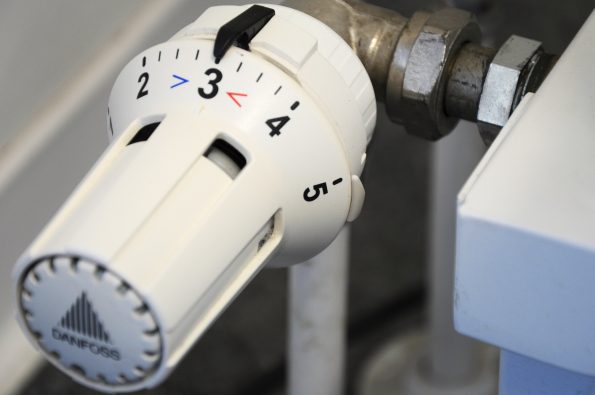Energy saving myths are commonplace, with hundreds of different energy reducing advice articles out there, it can be hard to know what to believe. In the aura of today’s economical changes, we look at energy saving myths circulating around the internet that could make home owners lose money instead of saving.
Closing off all doors
Although it may seem like common sense to close the doors around the house to retain heat, this is one of the biggest myths out there. It will actually make your unit run harder and longer to keep the desired temperature.
As a result, you are losing money quicker than you think. Unless you live in a cottage that relies on natural fireplaces or stoves as a heating method, make sure you keep all the doors open to encourage free air flow.
Keeping the thermostat on low or high at all times
Many home owners still believe that it is cost efficient to set their controls on low or high and keep it that way regardless of the circumstances. Wrong, it is actually better to switch it on and off depending on the needs.
There’s absolutely no need to heat your home while you are not in, so make sure you program your thermostat settings around your daily routine and you are on your way to banish a cash consuming habit from your life.
What’s more, it is a good idea to have additional controls like thermostatic radiator valves installed to further lower the costs of energy bills. It is said you can save between £100 to £160 per year by getting hold of intelligent radiator heat controls.
Living in an old house
Home owners who think their old house is impossible to be more energy efficient due to cavities and cracks are falling victims to another myth. Having insulation installed may be the best decision you have ever made.
You have to be smart in terms of materials you use to insulate your home. That’s where modern technologies come to the rescue. Insulating with a product such as Icynene spray foam insulation can be easily adjusted to the challenges that an old home may cause, for example thin rafters or the building’s listed status.
It is always best to check with trusted contractors before embarking on any home improvement project.
The stuff kept in the loft provides a cheap way of additional insulation
If this is something you have tried to apply in your home to easily fix your high energy bill, you need a serious reality check.
Boxes full of old clothes, furniture, whatever you store in your loft, will only make things worse. Don’t be fooled into thinking that these home made techniques can bring any benefit to your property.
Over short period of time, by stuffing your clutter up in the loft, you are stopping your existing insulation from trapping the moist from the air which is a quick way to build up of damp and mould. Not good.
Fireplaces are a great way to heat your home in winter
Even though they can create a very attractive feature, in terms of energy efficiency, they have the potential to be a drain on your heat and money sources.
The fireplace draws the warm air out from your room through the chimney making it a total waste to try to then reheat the interior. The cycle repeats itself and instead of enjoying a cosy atmosphere, you end up having to spend extra money and time keeping your home warm.
Home owners fall into the trap of believing in various energy saving myths for many reasons – their habits, their lifestyle or type of home they live in. The thumbs up rule to avoid any unwanted costs would be to seek advice from trusted websites that provide innovative home improvement solutions.
Need more tips? Read our Definitive Guide to Saving Energy for Homeowners.
Alternatively, you can speak to one of your local home insulation contractors to obtain accurate advice or a free survey on how to make your home energy efficient all year round.





